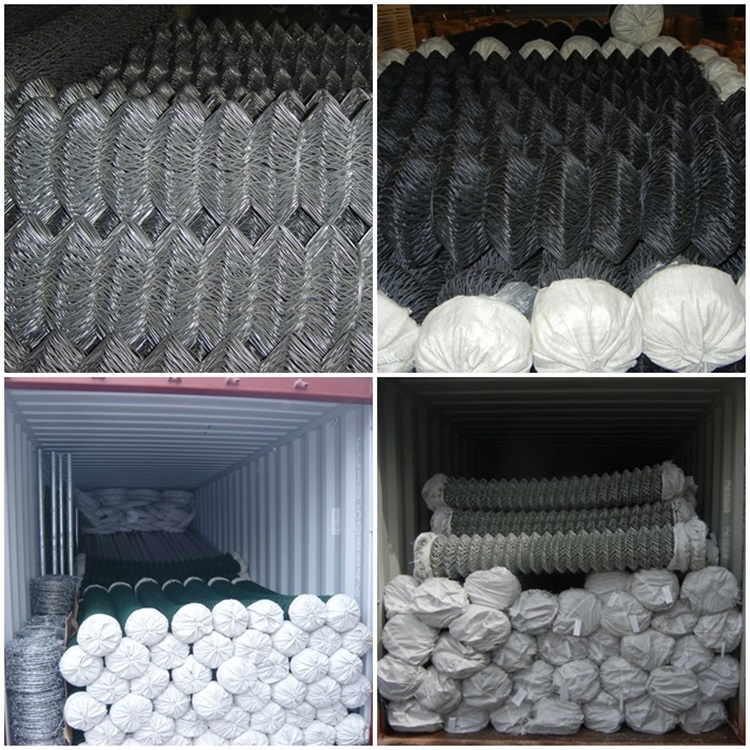Dec . 05, 2024 10:53 Back to list
Galvanized Window Screen Manufacturing Plant Overview and Production Process Insights
The Importance of Galvanized Window Screens Insights from the Factory
In today’s world, where industrial efficiency and product durability are paramount, the demand for innovative materials continues to rise. One such product that plays a crucial role in various sectors is the galvanized window screen. This article explores the significance of galvanized window screens, their manufacturing processes, and their applications—all insights gleaned from a window screen factory dedicated to quality and sustainability.
What is Galvanized Window Screening?
Galvanized window screens are made from wire that has been coated with a layer of zinc to prevent rust and corrosion. This process, known as galvanization, enhances the longevity of the metal, making it suitable for outdoor applications where exposure to humidity, rain, and varying temperatures is inevitable. These screens serve multiple functions, primarily acting as a barrier against insects while allowing fresh air and sunlight to flow into homes and buildings.
Manufacturing Process
The manufacturing of galvanized window screens involves several key steps, all aimed at ensuring quality and durability. It begins with selecting high-grade steel wire, which is then cleaned to remove any contaminants that might affect the galvanization process. Following this, the wire is coated with zinc through either hot-dip galvanization or electro-galvanization.
In hot-dip galvanization, the wire is submerged in a bath of molten zinc, resulting in a thick, robust coating. This method is particularly effective for applications in harsh environments. In contrast, electro-galvanization uses electrical currents to deposit a thinner layer of zinc onto the wire, suitable for less demanding settings.
galvanized window screen factory

Once the galvanization process is completed, the wires are woven into a mesh, tailored according to specific size and gauge requirements. The final product is then cut to size for fitting into various window frames, ensuring that it meets the precise needs of different constructions and aesthetic preferences. Quality control measures are crucial throughout this process, ensuring that the final product is free from defects and ready to withstand the test of time.
Applications and Benefits
Galvanized window screens find applications not just in residential homes but also in commercial and industrial settings. Their resistance to rust makes them ideal for geographic locations with high humidity or unpredictable weather patterns. Homeowners appreciate how these screens provide an unobstructed view while simultaneously keeping out annoying pests.
Moreover, they enhance energy efficiency by allowing natural ventilation, reducing reliance on air conditioning systems. In commercial settings, they are used in warehouses and factories to provide ventilation while ensuring that insects and debris do not enter workspaces.
The environmental aspect of using galvanized materials is also notable. The longevity of these screens means fewer replacements and waste over time. Additionally, as galvanization helps prevent corrosion, it reduces the need for frequent maintenance, further conserving resources.
Conclusion
In summary, the galvanized window screen factory serves as a hub of innovation, producing a product that is both practical and essential in modern construction. The meticulous manufacturing processes ensure that every screen is durable and effective, protecting spaces from unwanted intruders while allowing for natural light and air circulation. With their numerous applications and benefits, galvanized window screens are not just a choice but a smart investment in quality and sustainability. As we continue to innovate and seek out sustainable solutions, the role of galvanized products will only grow, reinforcing their importance in our everyday lives.
-
Hop Dipped Galvanized/PVC Coated Temporary Fence - Anping County Xingzhi Metal Wiremesh Products Co., Ltd.|Temporary Fencing Solutions, Durable Security Products
NewsJul.30,2025
-
Hop Dipped Galvanized/PVC Coated Temporary Fence-Anping Xingzhi|Durability&Cost-Effective
NewsJul.30,2025
-
Hop-Dipped Galvanized PVC Fence - Anping Xingzhi | Durable, Quick Deployment
NewsJul.30,2025
-
Hop Dipped Galvanized/PVC Coated Temporary Fence - Anping County Xingzhi|Temporary Fencing, Durable Security, Customization
NewsJul.30,2025
-
Hop Dipped Galvanized PVC Coated Temporary Fences - Anping County Xingzhi|Durable Corrosion Resistance, Quick Installation
NewsJul.30,2025
-
Hop Dipped Galvanized / PVC Coated Temporary Fence - Anping County Xingzhi Metal Wiremesh Products Co., Ltd|Durable Temporary Fencing&Versatile Applications
NewsJul.30,2025



